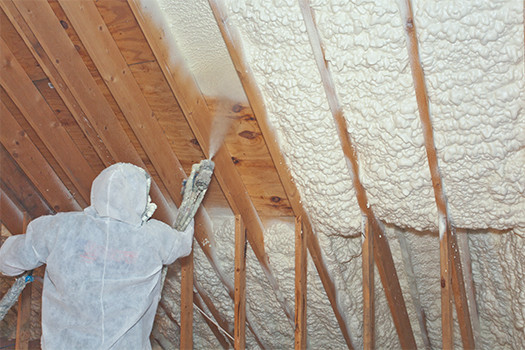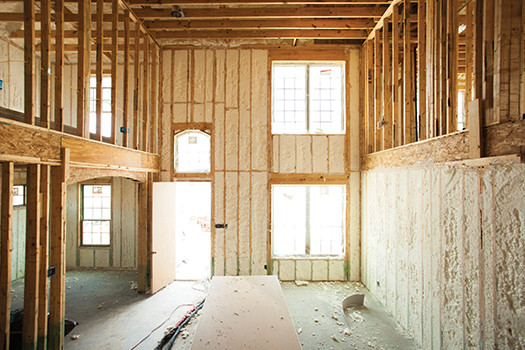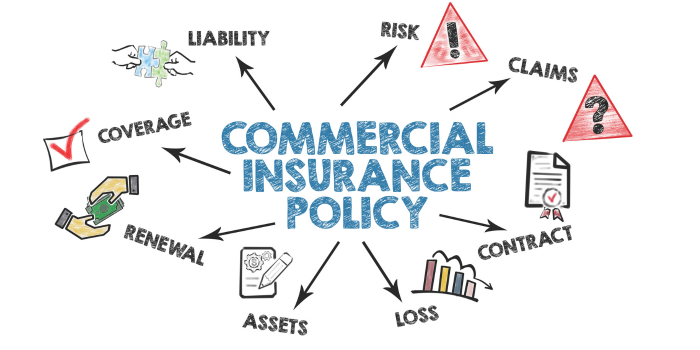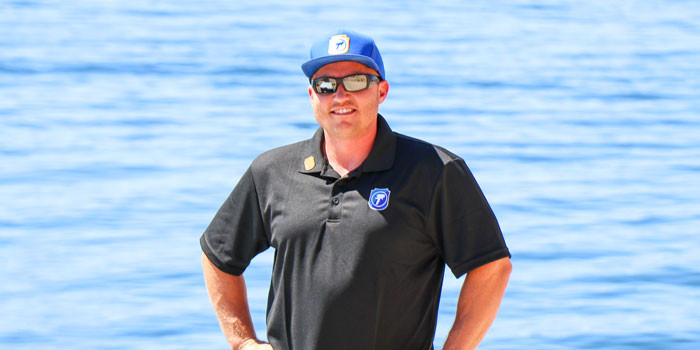The True Cost of Foam


Spray Foam Magazine – Summer Issue 2022 – We are in a very strange industry. We buy sets or pounds, which are packed as gallons of liquid, then we process it on the jobsite to make board-feet of finished foam. Most spray foam contractors don’t list the board feet on the sales estimate, instead they call out the net thickness after trim. This is all based on a requirement to install insulation with specific R-Values in the wall, floor, and ceiling. It would be far less confusing if we could buy and sell in a single, understandable unit of measure, but this is one of the mysteries of the SPF business we all learn to live with. Here’s another way to look at it that might help to make your foam selection for highest potential profit easier.
The job can be calculated to find the total number of “R’s” needed to satisfy code by multiplying the surface area times the required R-Value. For instance, a simple two-story house of 2,400 ft2 with average nine-foot ceilings might have 1,200 ft2 of floor requiring R-30, plus 1,200 ft2 of ceiling at R-49, and 1,000 ft2 of walls at R-19, once doors and windows are removed. The whole house would need 117,600 R’s to meet energy code requirements.
There are basic decisions made in the design and sale phase of the project that make a huge potential difference. Is the job appropriate for low-density, open-cell foam (ocSPF)? A set of ocSPF with a yield of 16,000 board feet per set and an R-Value of 3.7 per inch can make 59,200 R’s. A set of closed-cell, medium density foam (ccSPF) with a yield of 4,000 board feet per set and 7.0 R’s per inch can make 28,000 R’s on the jobsite, or about half the “Rs” of low-density foam. There’s more waste with low-density foam and it’s not appropriate for all applications, but since there’s usually not much difference in set cost between the two foam types, ocSPF can dramatically improve profit in most walls, many attics, and some floor assemblies. At the end of the day, the foam contractor is in business to make a profit, so foam type selection is a very serious consideration.

Successful contractors get the most “R’s” for their money spent on chemical and they apply it efficiently enough to keep labor and other direct costs within budget.
There are many factors affecting the number of “R’s” the SPF contractor gets from the set of chemicals, and some are more easily controlled than others. Successful contractors get the most “R’s” for their money spent on chemical and they apply it efficiently enough to keep labor and other direct costs within budget. And…. this is a big one…. they have no call-backs or rework. Ever!
The brand and product selected can make or break profit, so careful attention must be paid to the technical data sheet and technical support of the foam you propose for each job. A quality manufacturer, like SES Foam, will have knowledgeable field and engineering support to guide contractors and applicators to select the appropriate foam and spray it efficiently. This includes guidance for realistic lift thickness, and proven spray technique for good adhesion, cell structure, density, and R-Value.
It’s highly unlikely that a spray foam applicator would intentionally spray off-spec foam, yet we know SPF jobs are sometimes not sprayed as well as others. Odds are the applicator used an old processing or spray technique for a newer product with different characteristics than foams he sprayed in the past. All foams are not created equal! Just as there’s a fundamental difference between open-cell and closed-cell foams, there’s also a difference between foams using older blowing agents and those using the newer low-GWP (Global Warming Potential) blowing agents. Processing and spraying with the wrong methods might cause the contractor to be called-back to correct improperly sprayed foam, and Call-Backs Kill Profit!

How can you prevent call-backs? Knowledge and training! There’s no doubt about it, training is expensive, but it’s far more expensive to not train. Who do you train, and how? Many SPF contractors train their top people and rely on them to train their helpers, but there’s a better way. Think of the helper as more than the prep and clean-up person. He or she also has the last eyes on every inch of the job and if trained and rewarded to QC the job, they can find and fix problems before the applicator rolls up the hose for the day. Finding and fixing a problem that could have resulted in a call-back if left unrepaired could save thousands of dollars!
With ocSPF, the foam might have voids between the foam and substrate, which is an easy fix while the rig is still on site. With either ocSPF or ccSPF, there might be a gap under an electric outlet box or windowsill the applicator couldn’t see with his PPE on. It’s all so easy to correct, but this type of foam defect has cost contractors big, big dollars, all 100% avoidable. Train everyone to QC and reward for zero defects. It’s the best money you’ll ever spend!
It’s also imperative for the applicator to have well-maintained and well-functioning equipment. Most equipment related application problems can be attributed to faulty guns, primary heaters, and hose heat. A finicky spray gun or faulty fluid temperature sensor can make it nearly impossible to keep foam on-spec. At the current cost of foam chemicals, it is even more important than ever to keep spray equipment in good condition. A single call-back can cost the contractor more than the price of a new spray gun. An hour of downtime is far more expensive than a fluid temperature sensor. Low yield due to irregular hose heat can be more expensive than replacing a section of hose. Most jobs are priced to perfection, meaning there’s no money in the job for downtime and certainly no money in the budget for a call-back. Spending money on a back-up gun or two can return the investment many times over. Keeping the drum pumps, strainers, proportioner, heaters and hose in good condition make profit possible.
We would all love to travel back in time to when foam chemicals cost less, but controlling the true cost of the job by accepting zero defects from your application crew is the one thing you’re in total control of. You would not want to pay double your present cost for foam, but that’s the effect of a call-back or extended downtime.
Contact SES Polyurethane Systems
If you would like to learn how to better control your costs by using top quality foams, tried and true spray protocols and proven QC methods, give SES a call: Phone: 713-239-0252 // Website: www.sesfoam.com
*Spray Foam Magazine does not take editorial positions on promotional or sponsored; individual contributions to the magazine express the opinions of discrete authors unless explicitly labeled or otherwise stated. The inclusion of a particular piece in the magazine does not mean that individual staff members or editors concur with the editorial positions represented therein.
Disqus website name not provided.








































